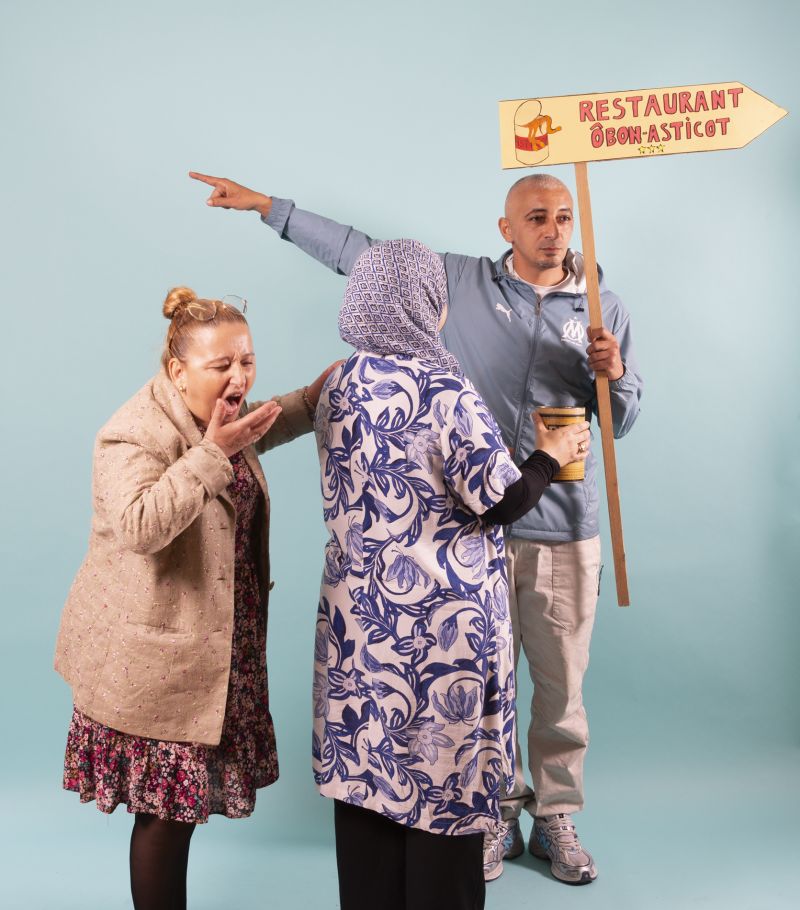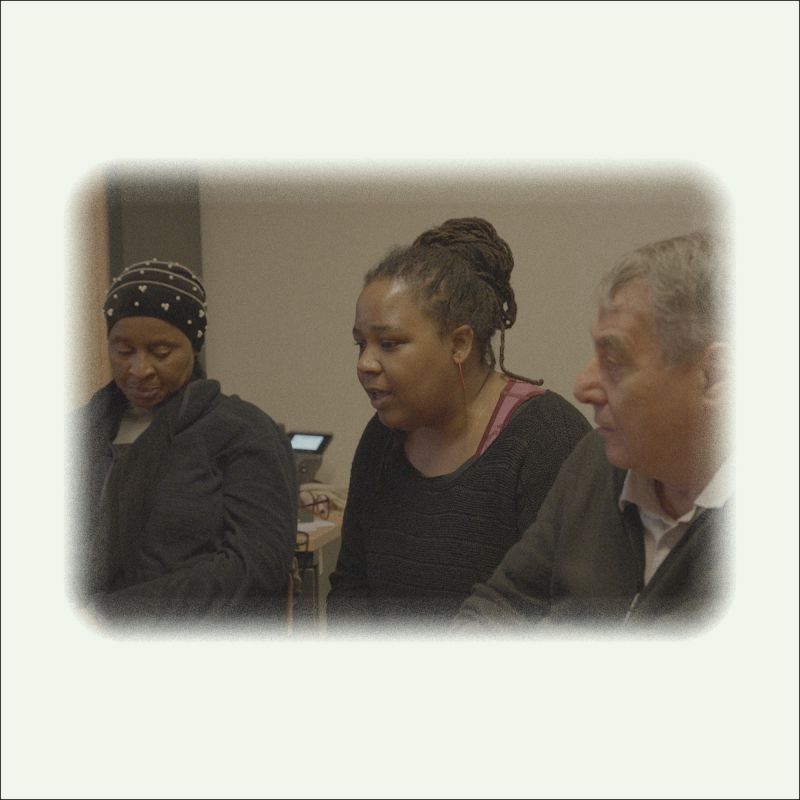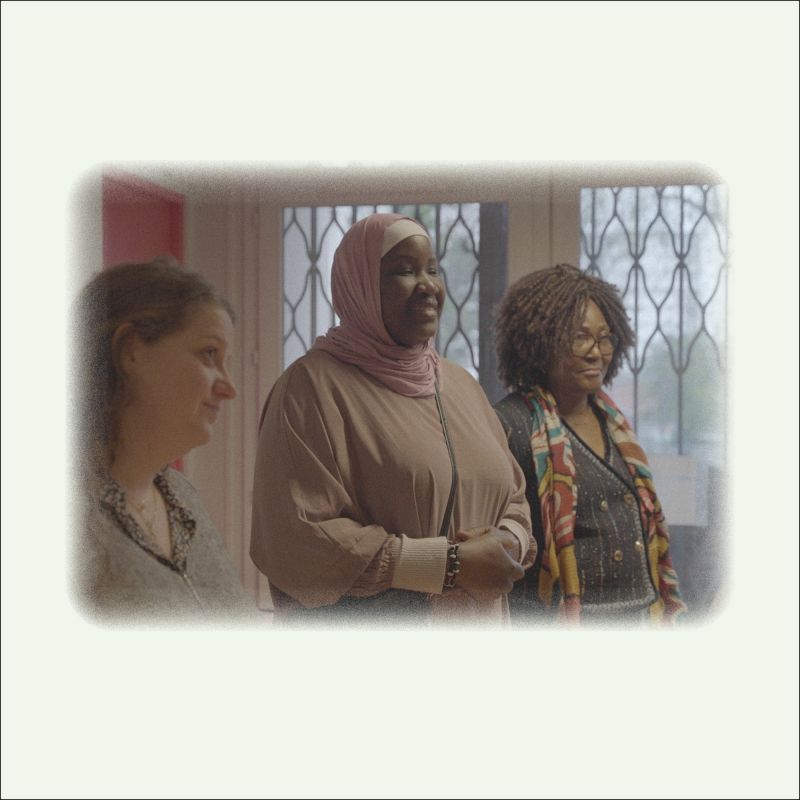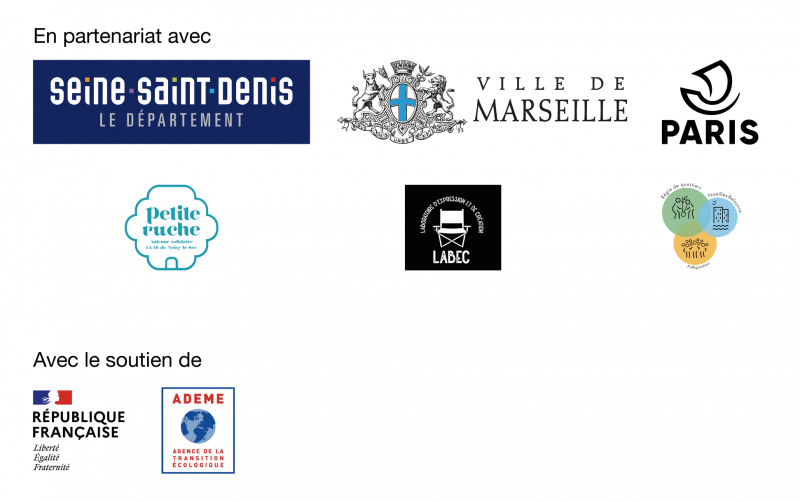
Citadins, Citadines 2050 is an experiment in “creative foresight” which took place in 2024, in three urban areas in France (Marseilles, Paris and the Seine-Saint-Denis department), based on the following intention:
Mobilize art and fiction
to explore how urban territories might adapt in the face of climate change,
involving populations whose voice is usually not heard on these subjects: socially disadvantaged and/or vulnerable residents (“Citizens”), local authority field agents (“Agents”).
From April to May 2024, five cycles of workshops were organized with groups of 10 to 30 participants: citizens in Noisy-le-Sec (93) and Paris, agents in Paris and across the Seine-Saint-Denis department, citizens and agents together in the Noailles-Belsunce districts of Marseilles. With the help of eight artists, the participants produced striking descriptions of life in their territories in 2050.





